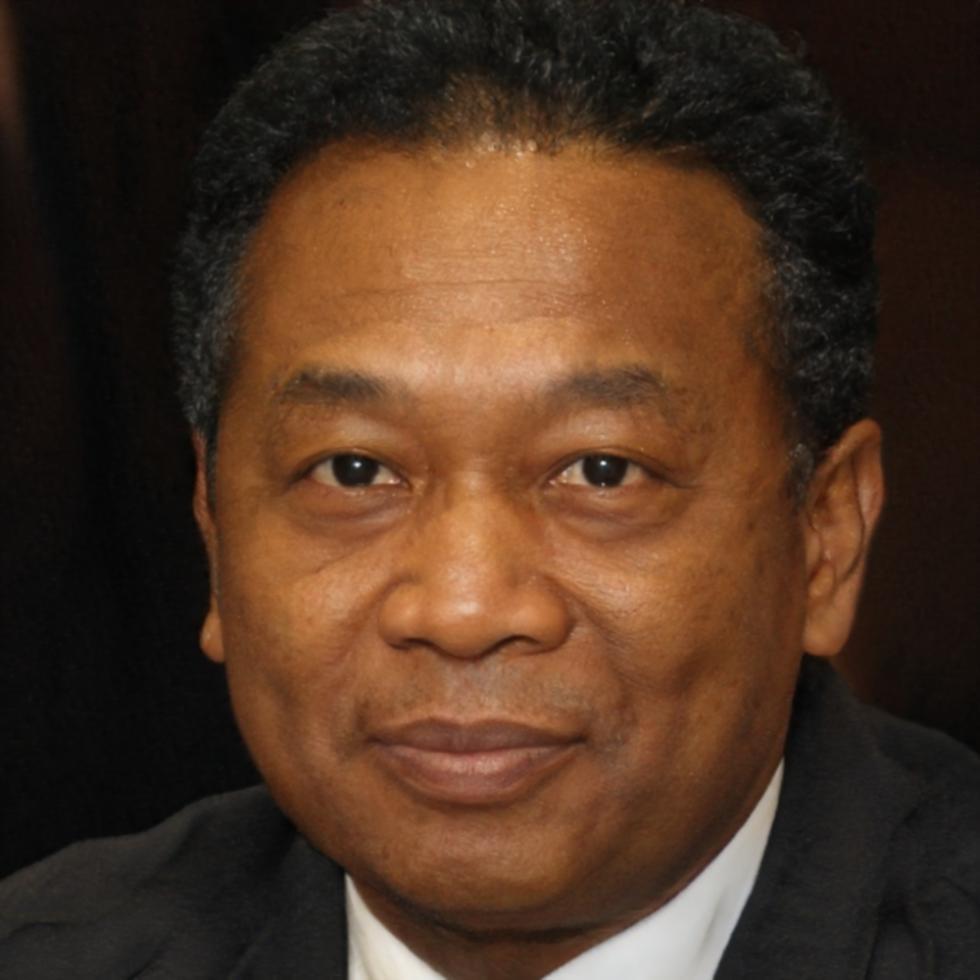Financial Ratio Courses Starting Late 2025
We're building something different here. Not another rushed certificate program, but actual understanding of how financial ratios work in real businesses. Programs launch September through November 2025, and they're designed around how people actually learn this stuff.
Which Course Fits Your Situation?
Most people come to us at different starting points. Some are running small businesses and just realized they need to understand their numbers better. Others are switching careers and want financial skills that actually matter. Here's how to figure out where you'd fit.
Never Looked at Financial Statements
If balance sheets still feel like a foreign language, our Foundation Course (starting September 2025) walks through the basics without assuming prior knowledge. We spend the first three weeks just on what the numbers actually represent before touching any ratios.
You've Read Reports But Need Context
Maybe you've glanced at annual reports or your own business financials but aren't sure what healthy ratios should look like. The Intermediate Analysis Course (October 2025) focuses on benchmarking and industry comparisons that make the numbers meaningful.
Want to Assess Business Health Properly
If you're making decisions that require proper financial assessment – whether for your own company or evaluating opportunities – the Applied Ratio Analysis Course (November 2025) covers scenario planning and risk evaluation using real case studies.
Who's Actually Teaching This
We're not bringing in celebrity speakers or people who only teach theory. The instructors building these courses have spent years working with actual businesses, fixing real financial problems, and explaining this stuff to people who need practical answers.

Bjorn Lindqvist
Foundation & Intermediate Courses
Bjorn spent twelve years working with small manufacturing businesses around Sydney, helping owners understand their financial position when banks started asking difficult questions. He got tired of seeing capable business owners make poor decisions simply because they couldn't interpret their own numbers. His teaching approach focuses on making financial ratios feel less abstract and more like tools you'd actually use.
Petra Kovačević
Applied Analysis Course
Petra's background is in turnaround consulting – she's the person companies called when their financial situation had become genuinely concerning. Over fifteen years, she's reviewed hundreds of businesses and developed a framework for ratio analysis that prioritizes what matters most in each specific situation. She teaches the Applied course because she wants people to understand how to spot problems before they become crises.

What Each Course Actually Covers
We've structured these around specific outcomes rather than just dumping information. Each course focuses on building skills you can use immediately, with enough theory to understand why things work but not so much that it becomes academic exercise.
Foundation Course
Six weeks starting September 2025. We cover liquidity ratios, basic profitability measures, and how to read the three main financial statements without getting lost. By the end, you should be able to assess whether a business has enough cash to operate and whether it's making money on paper versus reality.
Intermediate Analysis
Eight weeks beginning October 2025. This one digs into efficiency ratios, leverage analysis, and market comparison techniques. You'll learn how to benchmark against industry standards and understand what different ratio combinations reveal about business strategy and operational health.
Applied Ratio Analysis
Ten weeks starting November 2025. The practical application course where we work through actual business scenarios, financial due diligence processes, and risk assessment frameworks. Includes case studies from retail, services, and manufacturing sectors with real data from Australian businesses.

How the Programs Run
All courses meet twice weekly in the evenings at our Castle Hill location, with sessions running 6:30 PM to 8:45 PM. We've found this timing works for people with day jobs while still leaving energy for actual learning.
First Half of Each Session
New concepts and frameworks with real examples. We work through the theory using actual financial statements so you can see how ratios behave in different business situations.
Second Half of Each Session
Practical exercises where you calculate and interpret ratios yourself. Bring questions about your own business or situations you're curious about – we've found peer discussion often generates the most useful insights.
Between Sessions
Light homework assignments that shouldn't take more than an hour. These focus on applying what you've learned to different scenarios so the concepts stick beyond the classroom.
Materials and Resources
Each participant gets access to our financial analysis toolkit – spreadsheet templates, ratio calculators, and industry benchmark databases that cover Australian market data. These aren't just teaching tools; they're resources you can continue using after the course ends.
We also provide case study packages from different industries. Real businesses that agreed to let us use their numbers for educational purposes. Names are changed obviously, but the financial data is genuine, which makes the learning much more relevant than textbook examples.
The intermediate and advanced courses include guest sessions where business owners or financial managers share how they actually use these ratios in decision-making. Those conversations tend to be more valuable than any lecture we could give.
